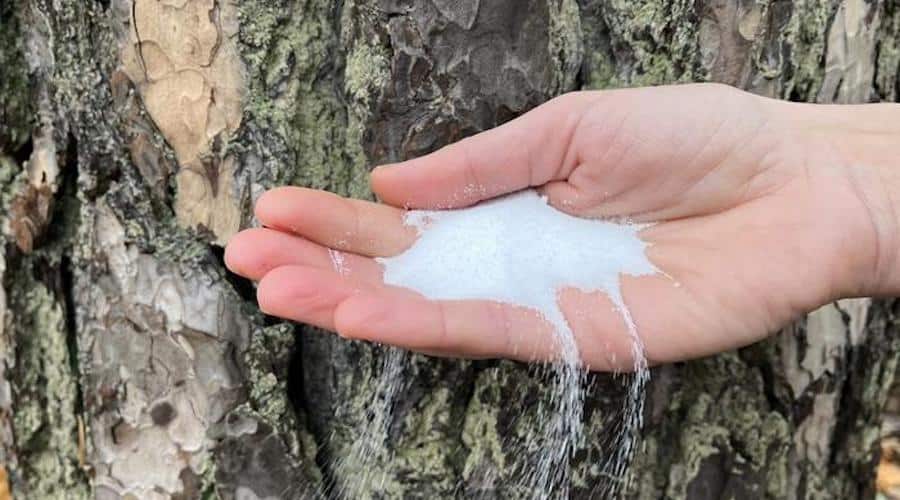Researchers at Sweden’s Chalmers University of Technology have demonstrated that sodium-ion batteries have an equivalent climate impact as their lithium-ion counterparts – but there isn’t a risk of running out of raw materials.
“Lithium-ion batteries are becoming a dominant technology in the world and they are better for the climate than fossil-based technology, especially when it comes to transport. But lithium poses a bottleneck. You can’t produce lithium-based batteries at the same rate as you want to produce electric cars, and the deposits risk being depleted in the long term,” Rickard Arvidsson, lead author of the study published in the Journal of Industrial Ecology, said in a media statement.
Arvidsson pointed out that in addition to their limited natural availability, critical battery materials, such as lithium and cobalt, are largely mined in just a few places in the world, posing a risk to the supply.
In his view, this is why sodium-ion batteries offer promising technology and why his team decided to look deeper into them.
In detail, they carried out a life cycle assessment of the batteries, where they examined their total environmental and resource impact during raw material extraction and manufacturing.
“We came to the conclusion that sodium-ion batteries are much better than lithium-ion batteries in terms of impact on mineral resource scarcity, and equivalent in terms of climate impact,” Arvidsson said. “Depending on which scenario you look at, they end up at between 60 and just over 100 kilogrammes of carbon dioxide equivalents per kilowatt hour theoretical electricity storage capacity, which is lower than previously reported for this type of sodium-ion battery. It’s clearly a promising technology.”
The researchers also identified several measures with the potential to reduce climate impact further, such as developing an environmentally better electrolyte, as it accounted for a large part of the battery’s total impact.
Energy storage
Today’s sodium-ion batteries are already expected to be used for stationary energy storage in the electricity grid, and with continued development, they will probably also be used in electric vehicles in the future.
”Energy storage is a prerequisite for the expansion of wind and solar power. Given that the storage is done predominantly with batteries, the question is what those batteries will be made from? Increased demand for lithium and cobalt could be an obstacle to this development,” Arvidsson noted.
The major advantage of the technology is that the materials in the sodium-ion batteries are abundant and can be found all over the world. One electrode in the batteries – the cathode – has sodium ions as a charge carrier, and the other electrode – the anode – consists of hard carbon, which in one of the examples the Chalmers researchers have investigated can be produced from biomass from the forest industry.
“Batteries based on abundant raw materials could reduce geopolitical risks and dependencies on specific regions, both for battery manufacturers and countries,” Arvidsson said.
Life cycle assessment
The study is a prospective life cycle assessment of two different sodium-ion battery cells where the environmental and resource impact is calculated from raw material extraction to the manufacture of a battery cell.
The functional unit of the study is 1 kWh theoretical electricity storage capacity at the cell level. Both types of battery cells are mainly based on abundant raw materials. The anode is made up of hard carbon from either bio-based lignin or fossil raw materials, and the cathode is made up of so-called “Prussian white” (consisting of sodium, iron, carbon and nitrogen). The electrolyte contains a sodium salt. The production is modelled to correspond to a future, large-scale production. For example, the actual production of the battery cell is based on today’s large-scale production of lithium-ion batteries in gigafactories.
Two different electricity mixes were tested, as well as two different types of so-called allocation methods – that is, allocation of resources and emissions. One where the climate and resource impact is distributed between coproducts based on mass, and one method where all impact is allocated to the main product (the sodium-ion battery and its components and materials).

